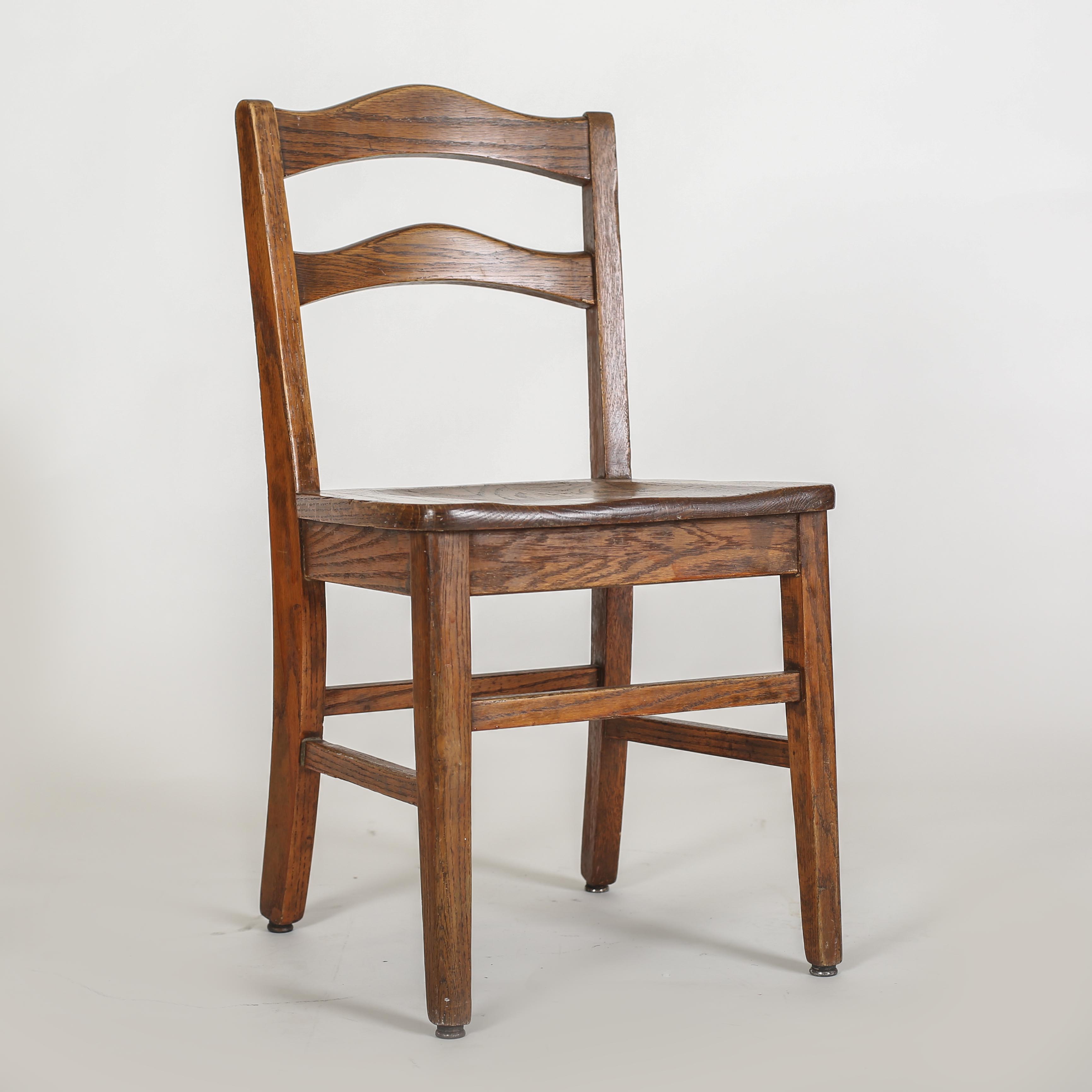Preparing the Wood for the Chair Seat

The foundation of a sturdy and comfortable chair seat lies in the careful preparation of the wood. This process involves a series of steps, each crucial for achieving a smooth, even, and durable surface.
Cutting the Wood
Cutting the wood to the desired size and shape is the first step. This involves using a saw, such as a circular saw or a handsaw, to create the precise dimensions for the chair seat. The choice of saw depends on the thickness of the wood and the desired level of precision. For instance, a circular saw is ideal for cutting through thick planks, while a handsaw offers greater control for intricate cuts.
Planing the Wood
Once cut, the wood needs to be planed to achieve a smooth and even surface. This involves using a hand plane or a power planer to remove any imperfections, such as knots, bumps, or unevenness.
Sanding the Wood, How to make a wooden chair seat
Sanding is the final step in preparing the wood for the chair seat. This involves using sandpaper of varying grits to smooth out any remaining imperfections and create a consistent surface. Starting with a coarser grit sandpaper removes larger imperfections, while finer grits are used to achieve a smooth finish. The sanding process is crucial for ensuring a comfortable and aesthetically pleasing chair seat.
Applying a Wood Conditioner or Sealer
Before applying the final finish, it’s beneficial to use a wood conditioner or sealer. A wood conditioner helps to even out the wood’s porosity, allowing the finish to penetrate evenly. A sealer, on the other hand, creates a protective barrier against moisture and stains, extending the life of the chair seat.
Creating the Chair Seat Shape: How To Make A Wooden Chair Seat

The shape of the chair seat is paramount to its comfort and functionality. A well-designed seat provides support, encourages proper posture, and enhances the overall aesthetic appeal of the chair. This section explores various methods for shaping the chair seat, delving into their advantages and disadvantages, and highlighting the importance of achieving an ergonomic design.
Hand-Carving
Hand-carving is a traditional method that allows for complete control over the chair seat’s shape. It involves using chisels, gouges, and other hand tools to meticulously sculpt the wood.
- Advantages: Hand-carving provides unparalleled artistic freedom and allows for intricate details and unique designs. It is also a highly satisfying and rewarding process for those who appreciate the craftsmanship involved.
- Disadvantages: Hand-carving is a time-consuming and labor-intensive process, requiring significant skill and experience. It can be physically demanding, and achieving precise shapes can be challenging.
Examples of chair seats shaped by hand-carving include the iconic Windsor chairs, known for their intricate backrests and gracefully curved seats. The hand-carved seats of these chairs offer both comfort and a sense of artistry.
Using a Router
A router is a power tool that uses a rotating cutter to shape wood. It is a versatile tool that can be used to create a variety of chair seat shapes with greater precision and speed than hand-carving.
- Advantages: Routers are relatively affordable and accessible, offering a significant advantage over hand-carving in terms of efficiency and precision. They can create complex shapes with ease and consistency.
- Disadvantages: While routers offer greater precision, they may lack the artistic freedom of hand-carving. The use of jigs and templates can limit design flexibility.
Chair seats shaped with a router can be found in various styles, from simple rectangular shapes to more elaborate designs with rounded edges and decorative elements. The use of router templates allows for the creation of consistent and repeatable shapes, ensuring that each chair seat is identical.
Employing a CNC Machine
A CNC (Computer Numerical Control) machine is a highly automated system that uses computer-aided design (CAD) software to create precise shapes in wood. It is capable of producing complex and intricate designs with exceptional accuracy and speed.
- Advantages: CNC machines offer unmatched precision and efficiency, allowing for the creation of intricate and complex chair seat shapes with minimal human intervention. They can produce multiple identical seats quickly and consistently.
- Disadvantages: CNC machines require a significant investment and specialized expertise. They may not be suitable for small-scale projects or for those seeking unique, hand-crafted designs.
Chair seats shaped using CNC machines are often found in contemporary furniture designs, featuring intricate curves, geometric patterns, and complex shapes that would be impossible to achieve through traditional methods.
Achieving a Comfortable and Ergonomic Chair Seat Shape
The shape of the chair seat is crucial for providing comfort and support. An ergonomic design considers the human body’s natural curves and promotes proper posture.
The ideal chair seat shape should provide adequate support for the hips and thighs, with a slight incline to prevent sliding forward.
Chair seats that are too flat or too curved can lead to discomfort and pain. A well-designed seat encourages proper posture, reducing strain on the back and neck.
How to make a wooden chair seat – Crafting a wooden chair seat is a rewarding experience, requiring precision and care. You’ll need to consider the wood’s grain, the chair’s style, and the desired comfort level. For inspiration, explore the elegance and practicality of a natural wood folding chair , where design and functionality seamlessly merge.
Once you’ve chosen your wood and plan, you can begin the process of shaping, sanding, and finishing your chair seat, ensuring a lasting piece of craftsmanship.
Crafting a wooden chair seat is a rewarding endeavor, allowing you to personalize your furniture and imbue it with a touch of your own artistry. For a classic and elegant look, consider incorporating rattan into your design, like the beautiful wood and rattan chairs that blend natural textures and timeless appeal.
Whether you’re weaving rattan into the seat itself or using it for accents, the combination of wood and rattan creates a captivating aesthetic that will enhance your chair’s charm and comfort.
